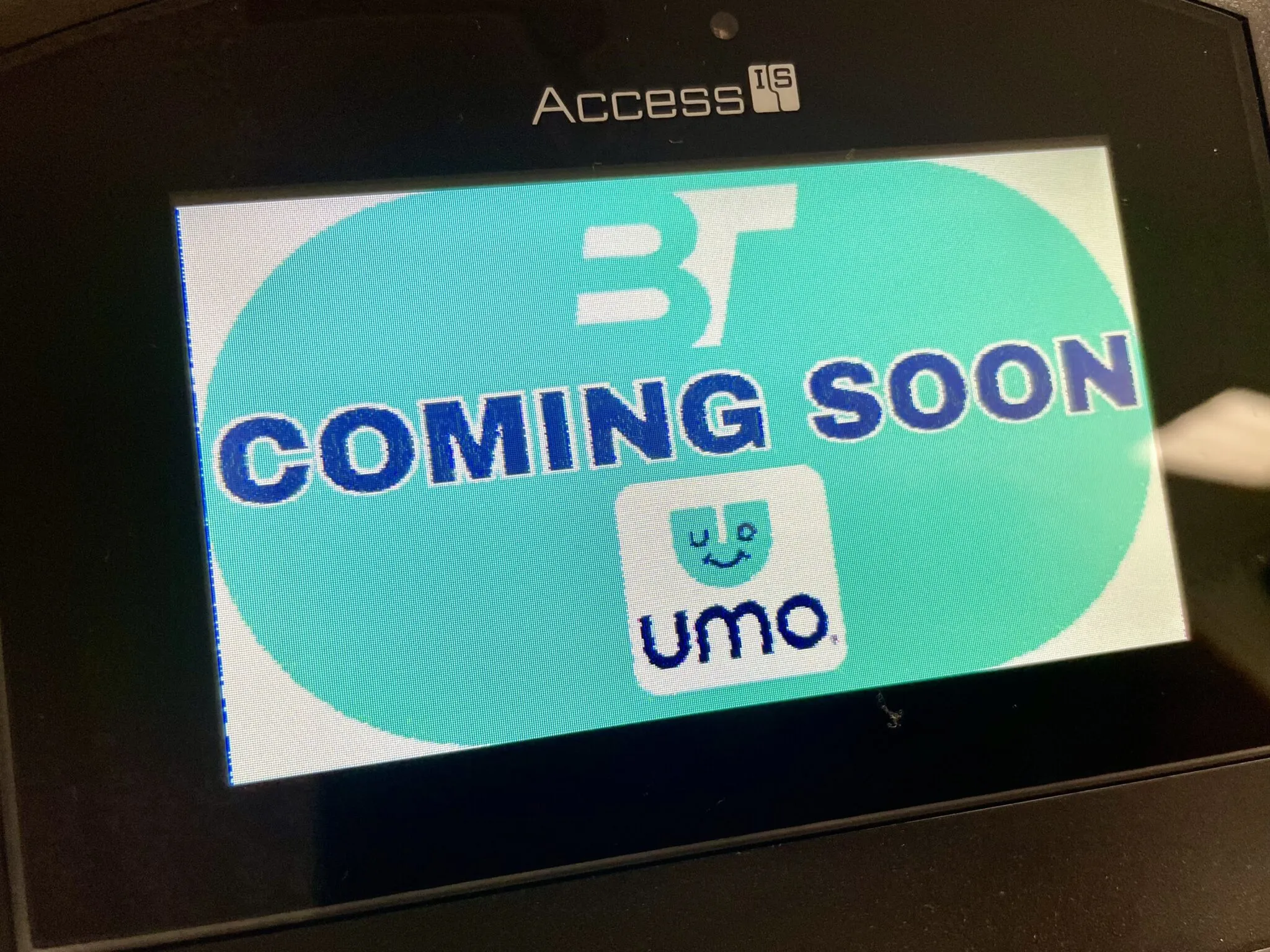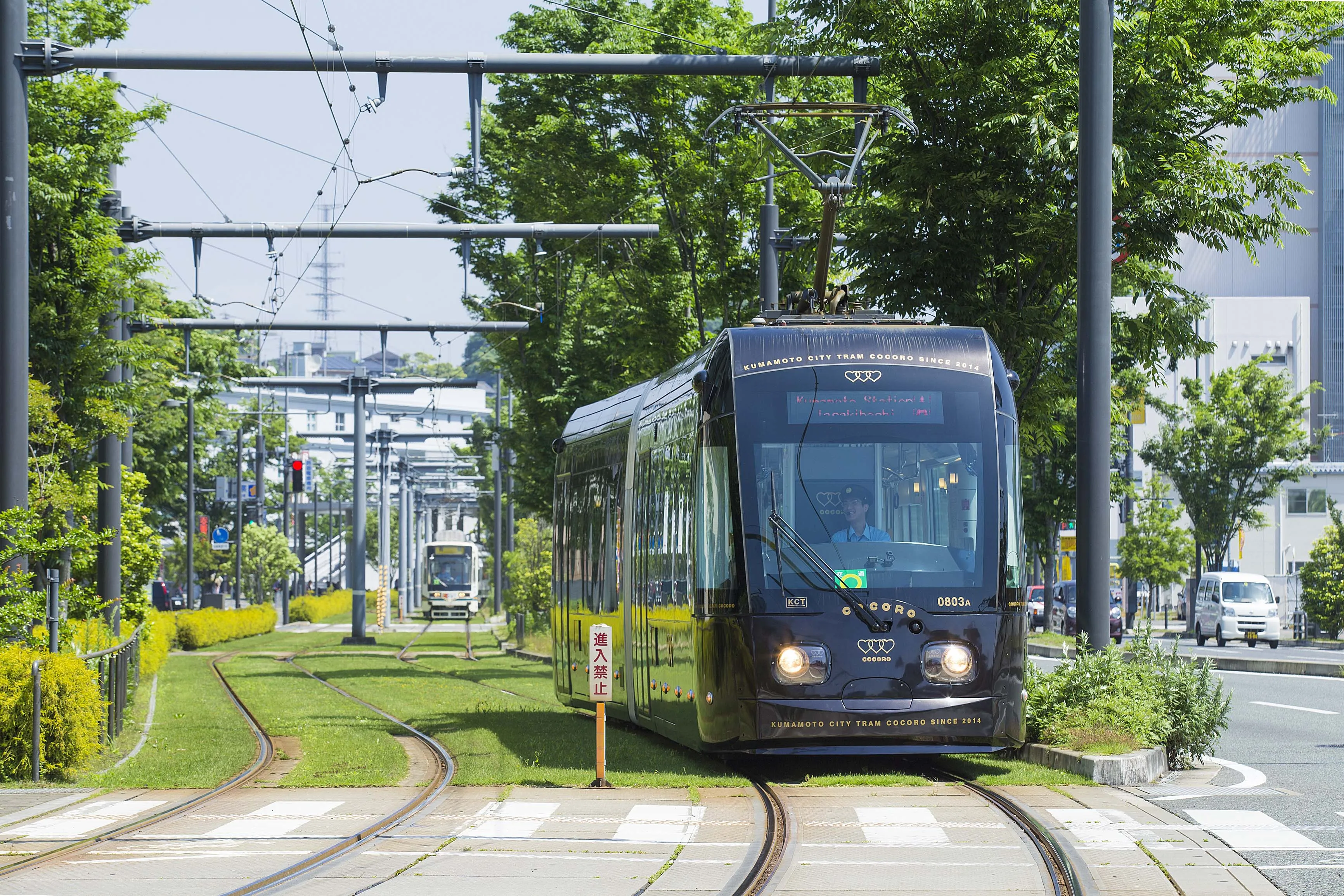The (CAD/ AVL) connects vehicles to back-office scheduling and dispatching software to help the transit operations run more smoothly.
Conduent’s Fleet Management System and Service will be utilised to help simplify vehicle operations by improving the connectivity with communications on the bus and the system.
The onboard vehicle processor delivers data streams on vehicle performance to a dashboard monitored by dispatchers, drivers, mechanics and supervisors.
Conduent says this process will allow RTS supervisors to access data for buses on the road and respond quicker to accidents or breakdowns.
Don Hubicki, general manager, Conduent Transportation, says riders will have more options when planning routes through a GPS system accessible through RTS’ Where’s My Bus? app and website.
“By knowing in advance about roadway restrictions or delays, riders can make instant travel decisions to ensure they get where they need to be on time,” Hubicki adds.
In addition, an enhanced vehicle inspection tool will allow RTS operators to record bus inspection results at the start and end of shifts. Meanwhile, staff will be able to notify drivers and passengers of route changes through the system’s improved detour management features.
RTS upgrades New York bus fleet with Conduent technology
New York’s Regional Transit Service (RTS) will upgrade onboard the hardware and software of 214 buses with technology from Conduent Transportation over the spring and summer. The lifespan of RTS’ computer aided dispatch/ automated vehicle location (CAD/ AVL) system will be extended and is expected to save approximately $8.5m.
The (CAD/ AVL) connects vehicles to back-office scheduling and dispatching software to help the transit operations run more smoothly.
Conduent’s Fleet Management System and Servi
June 5, 2018
Read time: 2 mins
New York’s Regional Transit Service (RTS) will upgrade onboard the hardware and software of 214 buses with technology from 8612 Conduent Transportation over the spring and summer. The lifespan of RTS’ computer aided dispatch/ automated vehicle location (CAD/ AVL) system will be extended and is expected to save approximately $8.5m.









